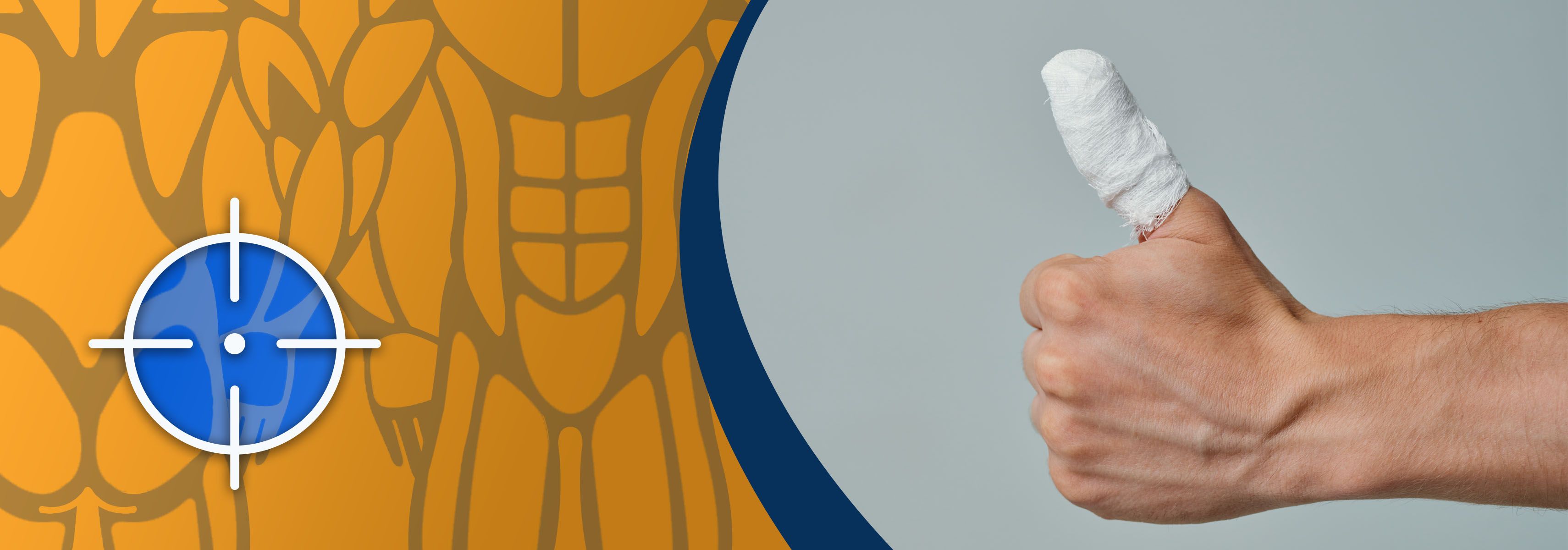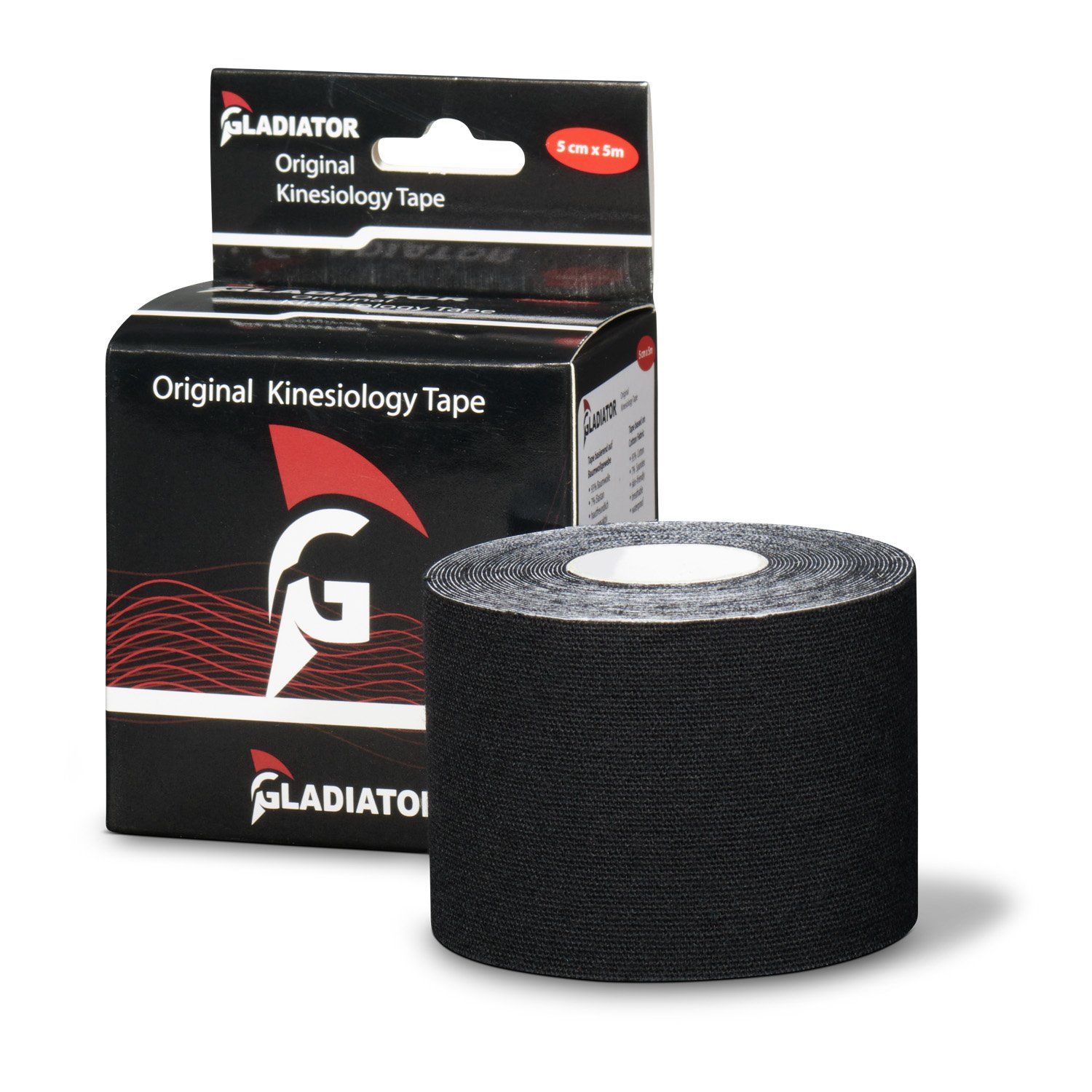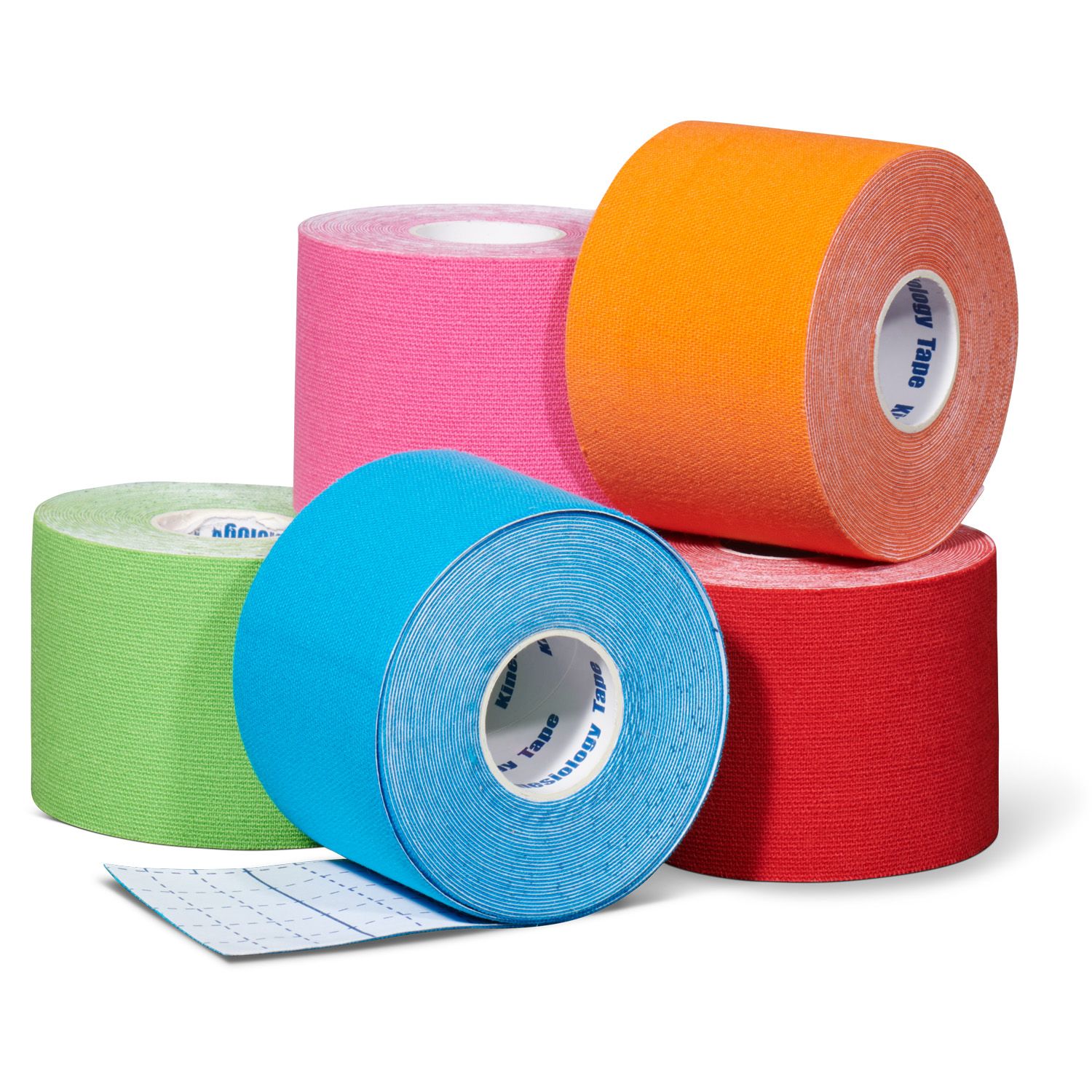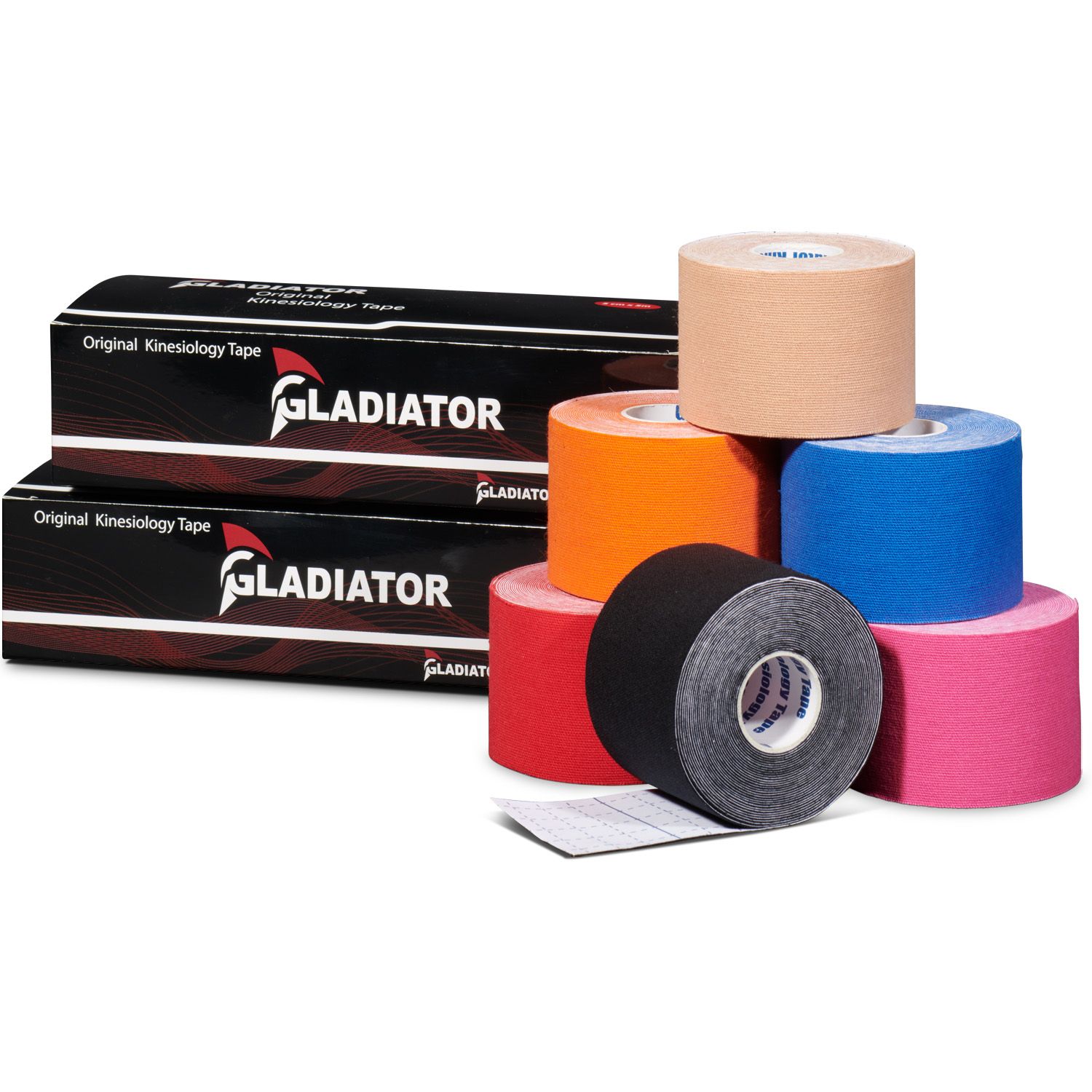What is the best way to tape your thumb for complaints such as pain, strain or a minor injury? Many people suffer from thumb problems due to work, sports or an unfortunate movement. Taping your thumb is a simple way to provide support and prevent further damage. If you would like more information about taping your thumb, read on and discover useful tips for your situation.
The blog in brief:
- You can use tape to stabilise your thumb and limit strain
- Taping helps to reduce pain in a bruised or strained thumb
- A taped thumb makes movement safer during work or sport
- It prevents you from unconsciously making incorrect movements
Why should you tape your thumb?
In the case of a bruised or overloaded thumb, tape can help to rest the thumb while still allowing it to remain mobile. The risk of repeating the injury is particularly high in sports such as handball or during heavy work. The tape stabilises the thumb and allows the muscles and joints to recover better. It also provides more security during movements that are normally painful.

What do you need to tape your thumb?
Properly taping your thumb starts with choosing the right materials. Kinesio tape or sports tape is most suitable, depending on your activity and skin type. Make sure the skin is clean and dry and choose a tape that stays in place, even when sweating. If in doubt, ask a physiotherapist or specialist for advice. Below you can see which tape is suitable for each situation:
- Kinesio tape is elastic and provides support during moving activities
- Sports tape is stiffer and provides maximum fixation during rest or recovery
- Children's skin requires extra soft tape that does not cause irritation
- For heavy work, sturdy, sweat-resistant tape is essential
How do you tape your thumb in case of injury?
Many people wonder how to tape their thumb properly. Start in a relaxed position and keep your hand in a natural position. Do not move your thumb too much while applying the tape. Follow the step-by-step method below to apply the tape with the correct tension and in the right place.
| Step | Description |
| Step 1 | Start by applying the tape just above the wrist and work towards the base of the thumb. |
| Step 2 | Apply the tape crosswise over the thumb to provide extra stability. |
| Step 3 | Make sure the tape is secure but not too tight, so that blood circulation is not impeded. |
| Step 4 | Gently rub the tape to activate the adhesive layer and ensure that the tape stays in place. |
What is the best thing to do if you are unsure?
Not everyone is sure whether the thumb tape has been applied correctly. If you are unsure or are in a lot of pain, contact a specialist. Incorrect technique can aggravate symptoms or cause new problems. Expert advice is particularly important in children or in cases of long-term symptoms.
In which situations is thumb taping useful?
Taping the thumb is not necessary in every situation, but it can offer many advantages. Taping is a smart choice, especially for sports, physical work or an incipient injury. The tape protects against unexpected movements and aids the recovery process. Tape can help in the following situations, for example:
- During handball or gymnastics to support the thumb
- During heavy work such as lifting or screwing to prevent strain
- After a slight sprain or bruise to create rest
- During rehabilitation to gradually put weight on the thumb joint
What are common mistakes when taping the thumb?
Many people unknowingly make mistakes when applying tape. This can reduce the effect of the taping or even lead to skin problems. By recognising these mistakes, you can easily avoid them and use the tape more effectively. Common mistakes include:
- Taping too tightly, which reduces blood flow
- Applying tape to damp or oily skin, causing it to come loose
- Incorrect angle of the tape, resulting in suboptimal support
- Using tape that is not suitable for your skin or activity
What aids can help with thumb complaints?
In addition to tape, there are other products that can provide relief for thumb complaints. A thumb brace, for example, is a good alternative or supplement to tape. A brace offers more stability, especially for long-term complaints or during work.
Apply the tape correctly and relieve your complaints. Taping your thumb is a practical way to relieve complaints and prevent injuries. It provides support during daily activities, sports or work. Make sure you choose the right tape, know how to apply it and don't hesitate to ask for help.
At Podobrace, we have several types of tape for the thumb that can provide relief for your symptoms. Do you have any questions? Please feel free to contact us. Our team of medical specialists will be happy to help you with personal advice and finding the right support.








